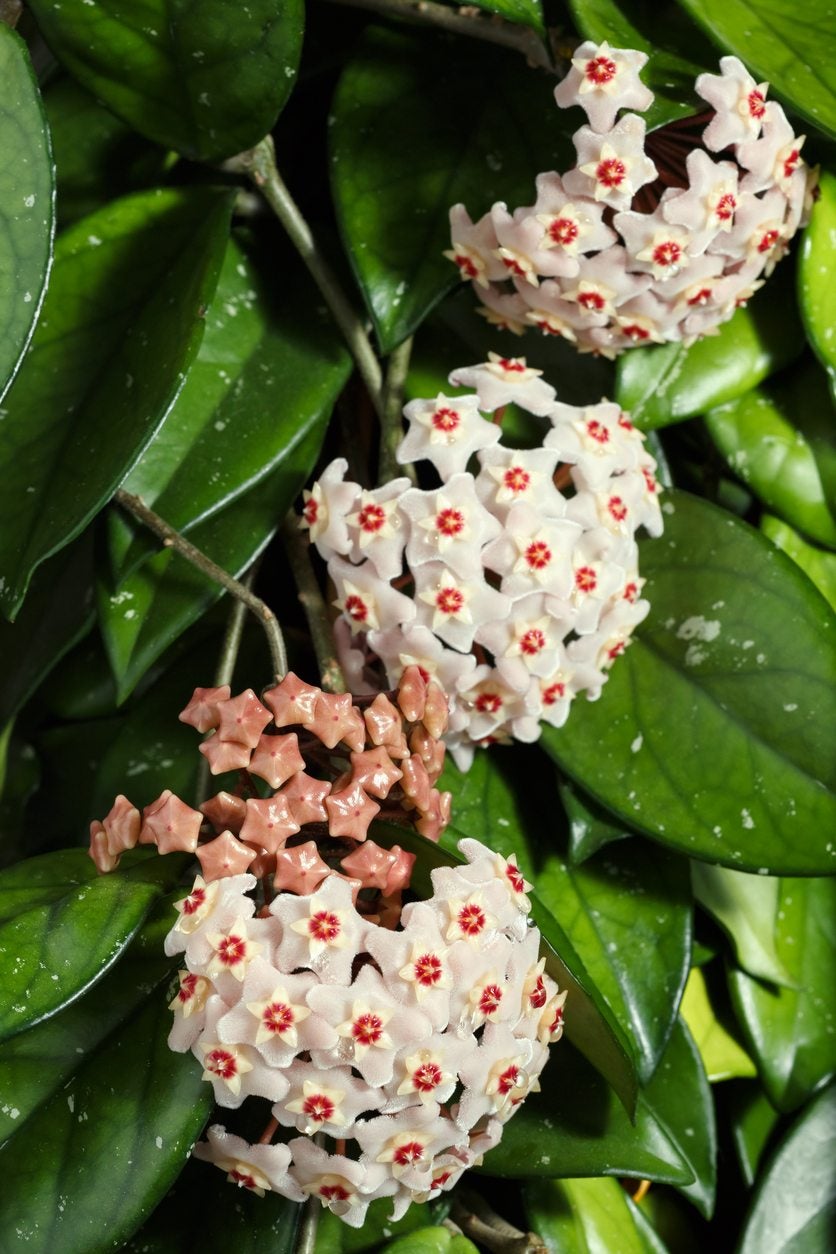The Enchanting World of Hoya plants
Hoya plants, often referred to as wax plants or porcelain flowers, are a captivating addition to any indoor garden. Their unique beauty, low-maintenance nature, and air-purifying qualities have made them increasingly popular among plant enthusiasts. In this comprehensive guide, we will delve into the fascinating world of Hoya plants, exploring their diverse varieties, stunning blooms, and essential care tips.
The Price of Beauty: Acquiring a Hoya Plant
The price of a Hoya plant can vary depending on several factors, including the specific variety, size, and rarity. Common Hoya varieties, such as Hoya carnosa and Hoya kerrii, are relatively affordable and can be purchased at local nurseries or online retailers. More exotic or rare varieties, such as Hoya lacunosa and Hoya pubicalyx, may command higher prices due to their unique characteristics and limited availability.
The Benefits of Embracing Hoya Plants
Beyond their aesthetic appeal, Hoya plants offer a range of benefits for both your home and well-being:
Air Purification: Hoya plants are effective at removing toxins from the air, such as formaldehyde and benzene, improving indoor air quality.
The Art of Hoya Plant Care

To ensure the optimal growth and flowering of your Hoya plant, follow these essential care tips:
Light Requirements
Hoya plants thrive in bright, indirect light. Avoid exposing them to direct sunlight, as this can scorch their leaves. A south-facing window with sheer curtains or a north-facing window can provide ideal lighting conditions.
Watering Needs
Hoya plants are succulent, meaning they can store water in their leaves and stems. Overwatering is a common mistake that can lead to root rot. Allow the soil to dry out completely between waterings, and water thoroughly when the soil is dry to the touch.
Soil and Potting
Hoya plants prefer well-draining soil to prevent waterlogging. A cactus or succulent potting mix is ideal. Choose a pot that is slightly larger than the root ball, ensuring adequate drainage with drainage holes.
Temperature and Humidity
Hoya plants thrive in warm temperatures between 65°F and 85°F (18°C to 30°C). They can tolerate lower temperatures, but prolonged exposure to cold can harm the plant. Moderate humidity levels are beneficial for Hoya plants. If your home’s humidity is low, consider misting the leaves occasionally or using a humidifier.
Fertilizing
:max_bytes(150000):strip_icc()/hoya-plants-1315763-hero-fe8b10a522eb4d7e9ada8abbc303fbc5.jpg)
Hoya plants are not heavy feeders. Fertilize them once or twice during the growing season with a balanced liquid fertilizer diluted to half strength. Avoid fertilizing during the winter months when the plant is dormant.
Pruning and Propagation
Pruning Hoya plants is not necessary, but it can help shape the plant and encourage bushier growth. Cuttings can be propagated in water or soil to produce new plants.
Common Pests and Diseases
Hoya plants are generally resistant to pests and diseases. However, they can be susceptible to mealybugs and scale insects. If you notice any pests, treat them promptly with insecticidal soap or neem oil.
The Allure of Hoya Flowers
Hoya flowers are truly a sight to behold. They are typically small, star-shaped, and waxy in texture, often emitting a sweet fragrance. The flowers are produced in clusters called umbels, and they can range in color from white and pink to red and purple.
Planting Hoya Plants: A Step-by-Step Guide
1. Choose a Healthy Plant: Select a Hoya plant with healthy, vibrant leaves and no signs of pests or diseases.
2. Prepare the Pot and Soil: Choose a pot with drainage holes and fill it with a well-draining potting mix.
3. Gently Remove the Plant: Carefully remove the Hoya plant from its original pot, loosening the root ball if necessary.
4. Plant the Hoya: Place the plant in the new pot and fill in the surrounding space with potting mix.
5. Water Thoroughly: Water the newly planted Hoya thoroughly to settle the soil and ensure good contact with the roots.
Conclusion

Hoya plants are a delightful addition to any indoor garden, offering beauty, air-purifying benefits, and a touch of tranquility. By following the care tips outlined in this guide, you can enjoy the captivating blooms and lush foliage of your Hoya plants for years to come.
